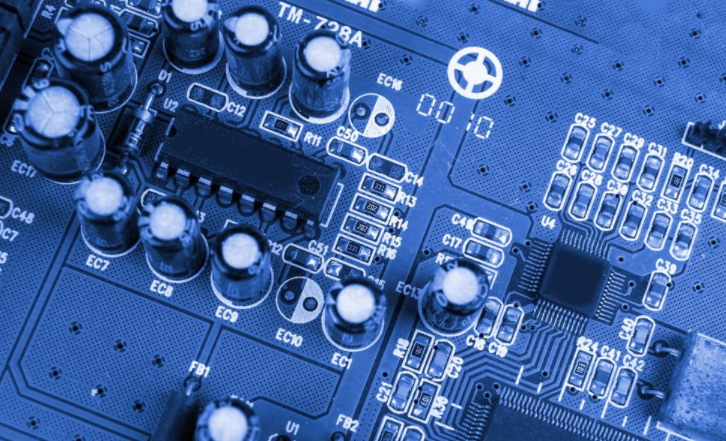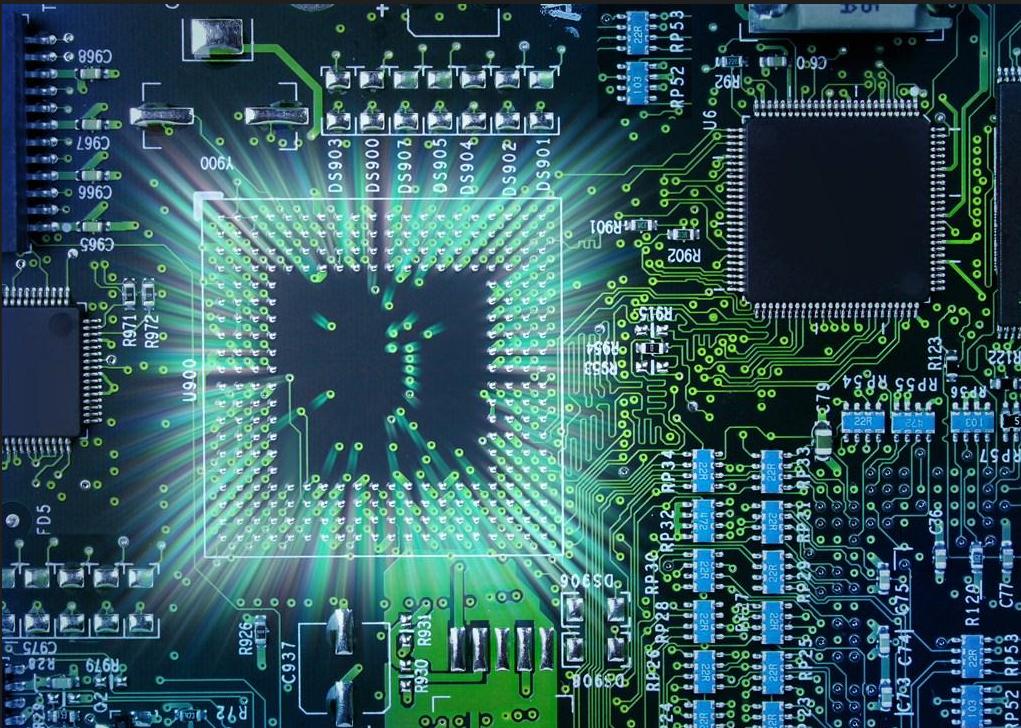
Challenges faced by lead-free chip printed circuit board
Surface mount assembly is becoming more and more complex Although SMT assembly manufacturers strive to achieve 100% output, in fact, this is very difficult to achieve Although most electronic products now use SMT components, the reduction of component size makes it difficult to install them on PCB In addition, SMT components have many other disadvantages to overcome, including:
What are the challenges faced by PCB manufacturers
Poor solder paste release
Solder paste release is determined by aspect ratio and surface area ratio. The aspect ratio compares the minimum size of the sample aperture with the thickness of the sample foil. Aspect ratios below 1.5 are not acceptable. The surface area ratio compares the surface area of the template hole with the surface area of the template hole wall.
Circuit board

The minimum acceptable surface area ratio is 0.66. Although aspect ratio and surface area ratio can help predict solder paste release, it is also important to bond solder paste to the SMT pad. The size of the SMT pad depends on the size of the SMT pad The difference in surface finish in turn affects the size of SMT pads In order to accurately predict the release of solder paste, it is necessary to consider the improved surface area ratio formula, which takes into account the changes in SMT pad size caused by copper weight and surface finish This is becoming increasingly important as small components become more mainstream Generally, the bottom of the SMT pad matches the size of the PCB file in the electronic device, while the top is smaller When calculating the surface area ratio of the sample, it is necessary to consider the smaller size of the top, because the smaller the top size, the smaller the surface area
Print time bridging
In addition to affecting solder paste release, copper weight and surface finish also affect bridging. Heavy copper weight or uneven surface finish will reduce the sealing performance between PCB and template. This in turn causes the solder paste to extrude during the printing process and cause bridging during the printing process. The seal depends on the size of the SMT gasket and the sample hole. A template hole larger than the SMT pad will cause the solder paste to extrude between the PCB and the template.
To avoid this problem, it is necessary to reduce the width of the sample aperture. This is especially true for heavy copper and uneven PCB surface treatment. This in turn ensures the possibility of solder paste extruding between PCBs. Minimize templates.
SMT reflow solder volume is insufficient
Although this is a common defect, optical inspection can only be captured in the visual or automated process at the end of the surface mount process. DFM reviews can sometimes identify deficiencies before production. To overcome this problem, the required volume increase is based on the size difference between lead-free terminals and PCB pads. In addition, for lead-free components, additional solder paste needs to be printed on the toe side. It is also necessary to avoid increasing the width of the template aperture. Also note the thickness of the template foil. If the thickness of the foil needs to be adjusted to fit the SMT assembly, the aperture of the template needs to be added.
SMT return bridge
SMT reflow bridge for many times due to solder paste extrusion between PCB and PCB In other cases, this is caused by PCB manufacturing problems, such as placement pressure, reflux setting, etc Due to SMT and gull wing package, reflow also occurs because their component leads are exposed to heating On the other hand, lead-free packaging is heated evenly Gull wing packages also have a limited surface area to wet solder If there is too much solder, the excess solder will spill onto the PCB pad However, the reduction of solder paste volume should always focus on the gull wing feet, not PCB pads Although for most components, the volume reduction will be greatly reduced, it should be noted that the PCB surface is treated as OSP and the solder is lead-free For lead-free solder, reduced volume will expose OSP after reflow The exposed OSP will in turn lead to many problems affecting reliability
Although some SMT defects are limited to specific assembly lines or specific locations, many other SMT defects, such as solder paste release, printing bridge, SMT reflow bridge, insufficient solder on SMT reflow, and more of the above defects, are common. It is not limited to a specific set of variables. It is necessary to pay close attention to its impact to ensure the reliability of operation.







